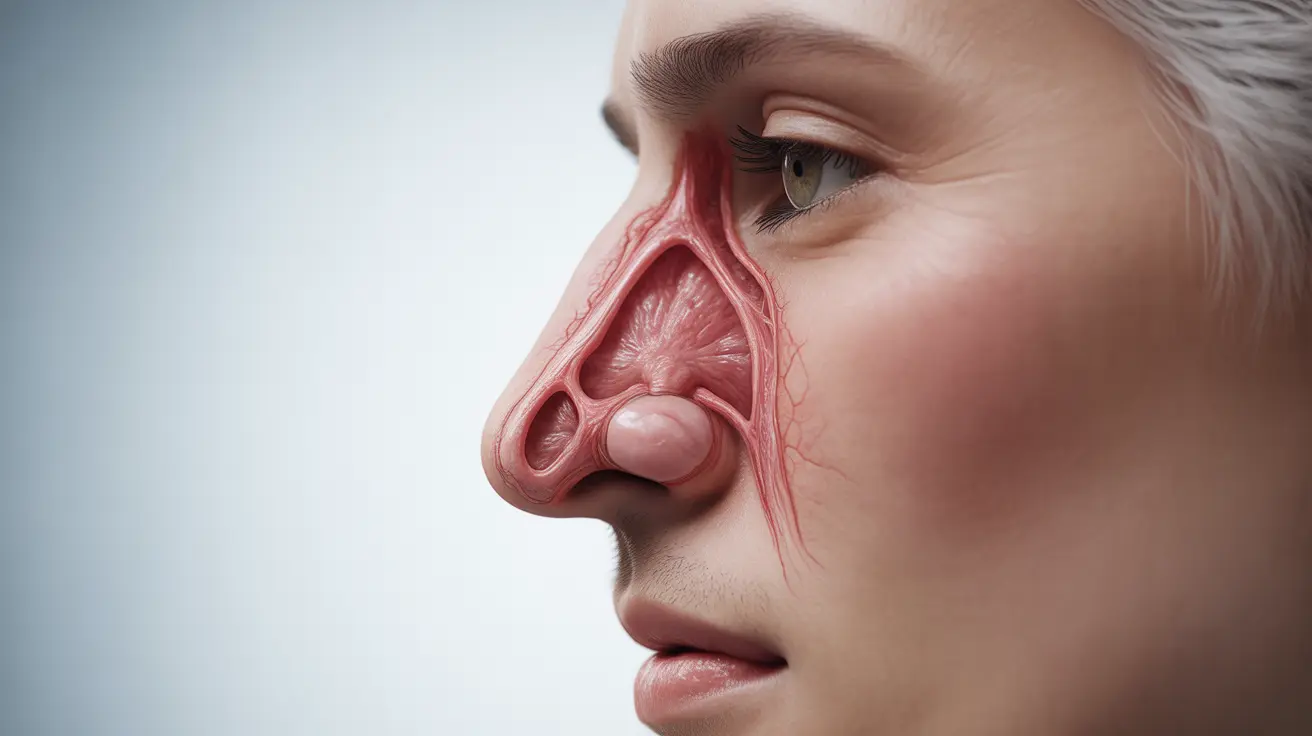Turbinate reduction surgery is a specialized procedure designed to improve breathing by reducing enlarged nasal turbinates. If you're preparing for this surgery, understanding what to expect before and after the procedure can help you feel more confident and prepared for your recovery journey.
This comprehensive guide will walk you through the entire process, from pre-surgical preparations to post-operative care and recovery milestones, ensuring you're well-informed about this important medical procedure.
Preparing for Turbinate Surgery
Before undergoing turbinate reduction surgery, your healthcare provider will conduct a thorough evaluation to ensure you're a good candidate for the procedure. This typically includes:
- A detailed medical history review
- Physical examination of your nasal passages
- Discussion of current medications
- Specific pre-operative instructions
- Testing to confirm the extent of turbinate enlargement
Your doctor will provide specific guidelines about medication adjustments, including when to stop blood-thinning medications and what to avoid in the days leading up to surgery. You'll also receive instructions about fasting requirements before the procedure.
Types of Turbinate Reduction Procedures
There are several approaches to turbinate reduction, each with its own benefits and considerations:
Radiofrequency Ablation
This minimally invasive procedure uses radiofrequency energy to reduce tissue volume while preserving the mucosa. It's often performed under local anesthesia and typically has a shorter recovery time.
Turbinate Outfracture
This technique involves breaking and repositioning the turbinate bone to create more breathing space. It's often combined with other reduction methods for optimal results.
Submucosal Resection
This surgical approach removes excess tissue from beneath the turbinate surface while preserving the outer mucosal layer, helping maintain normal nasal function.
Immediate Post-Surgical Period
The first few days after surgery are crucial for proper healing. You can expect:
- Nasal congestion and stuffiness
- Mild to moderate discomfort
- Some bloody drainage
- Facial pressure or tenderness
- Temporary changes in breathing patterns
Your surgeon will provide specific post-operative care instructions, including how to clean your nasal passages and when to use prescribed medications.
Recovery Timeline and Healing Process
Recovery from turbinate surgery typically progresses through several stages:
First Week
Focus on rest and following post-operative care instructions. Most patients experience congestion and need to sleep with their head elevated.
Weeks 2-3
Gradual improvement in breathing, though some congestion may persist. Most patients can return to light activities and work, depending on their job requirements.
Weeks 4-6
Continued healing with significant improvement in breathing. Most patients can resume normal activities, though complete healing may take several months.
Frequently Asked Questions
What should I expect before and after enlarged turbinate surgery in terms of recovery and symptoms?
Before surgery, expect consultations and preparation instructions. After surgery, you'll experience some congestion, mild pain, and drainage. These symptoms typically improve significantly within 1-2 weeks.
How long does it take to heal completely after turbinate reduction surgery?
Complete healing typically takes 4-6 weeks, though some patients may continue to see improvements for up to 3 months post-surgery.
What are the common risks and side effects after turbinate reduction surgery?
Common side effects include temporary congestion, bleeding, pain, and crusting. Rare risks include infection, altered sense of smell, and empty nose syndrome.
What types of turbinate reduction procedures are available and how do they differ?
Main procedures include radiofrequency ablation (minimally invasive), turbinate outfracture (bone repositioning), and submucosal resection (tissue removal). Each varies in invasiveness and recovery time.
When can I return to normal daily activities and work following turbinate surgery?
Most patients can return to light activities and desk work within 1-2 weeks. Full resumption of strenuous activities typically occurs around 3-4 weeks post-surgery, with your surgeon's approval.




